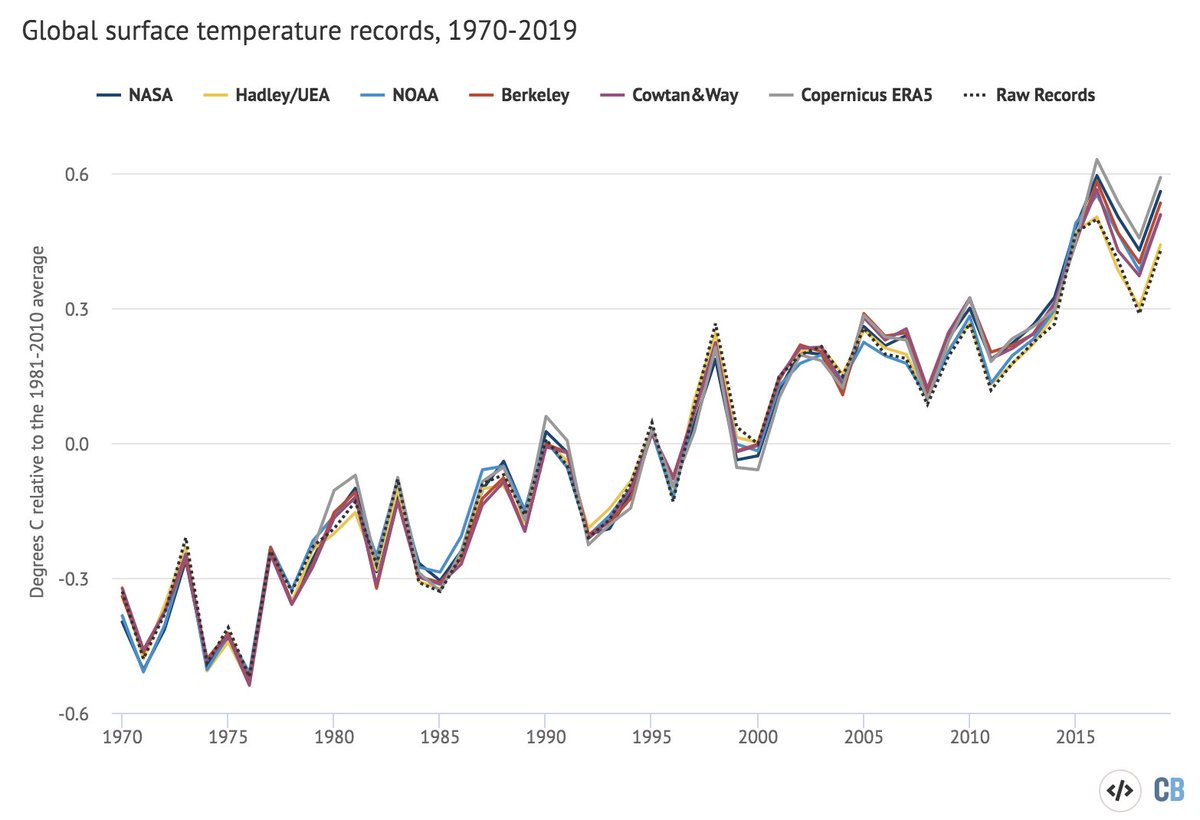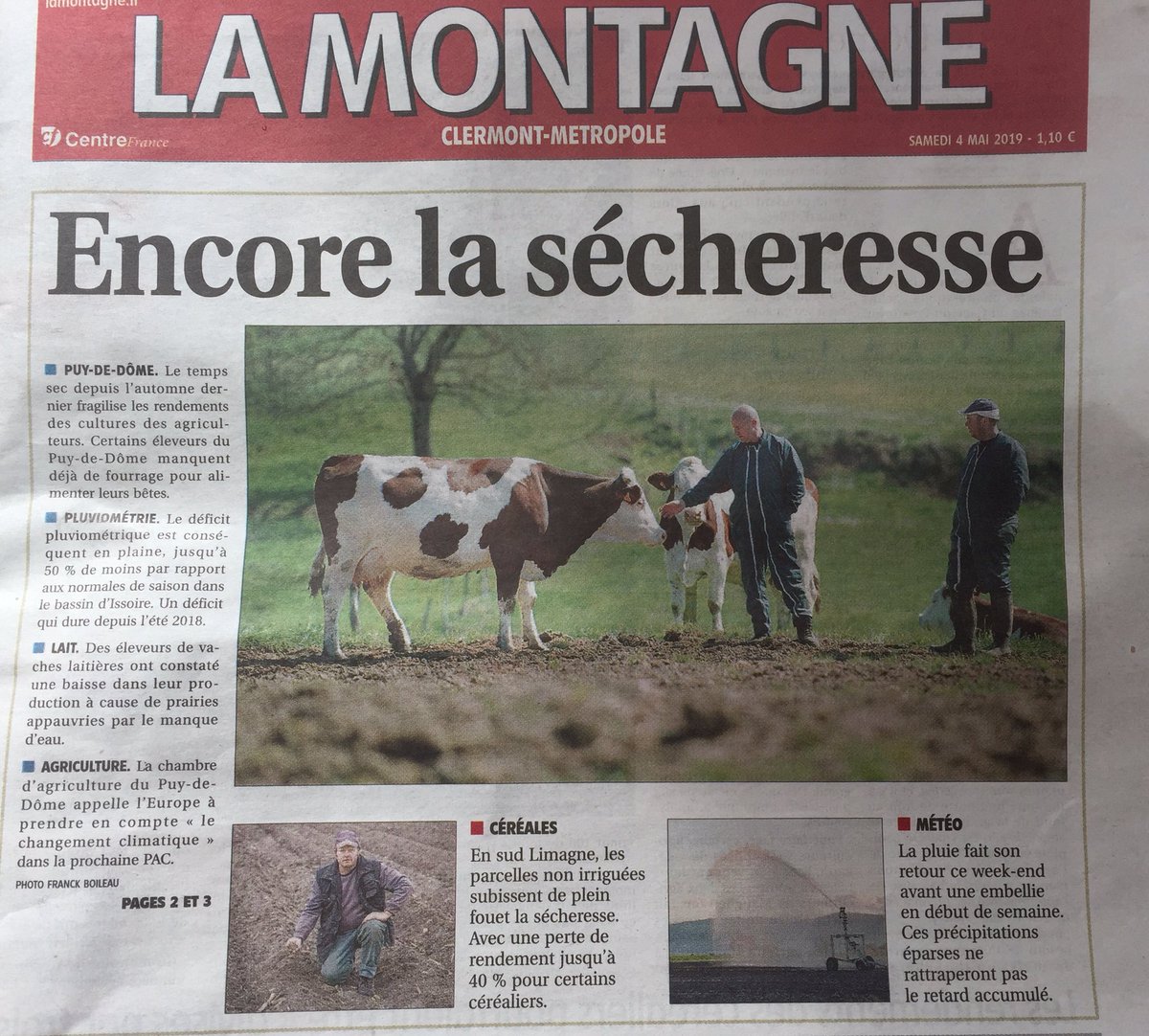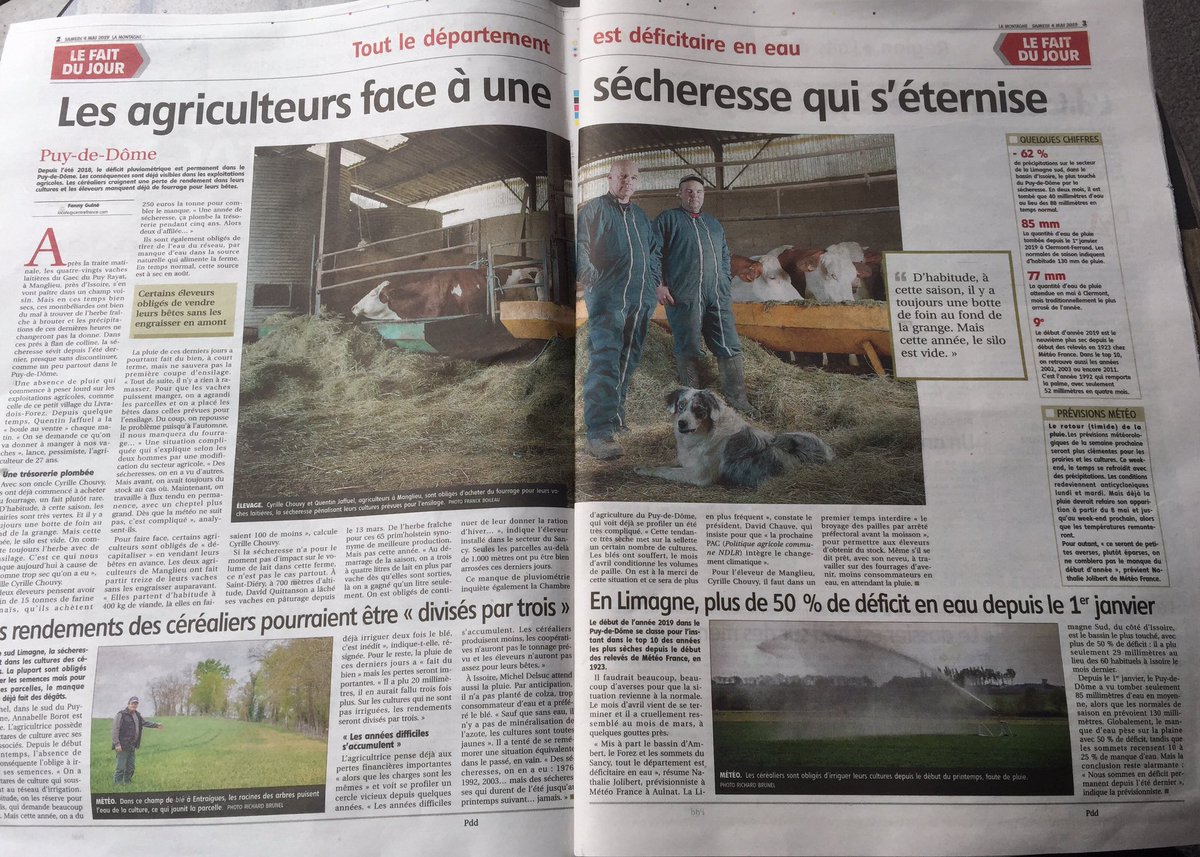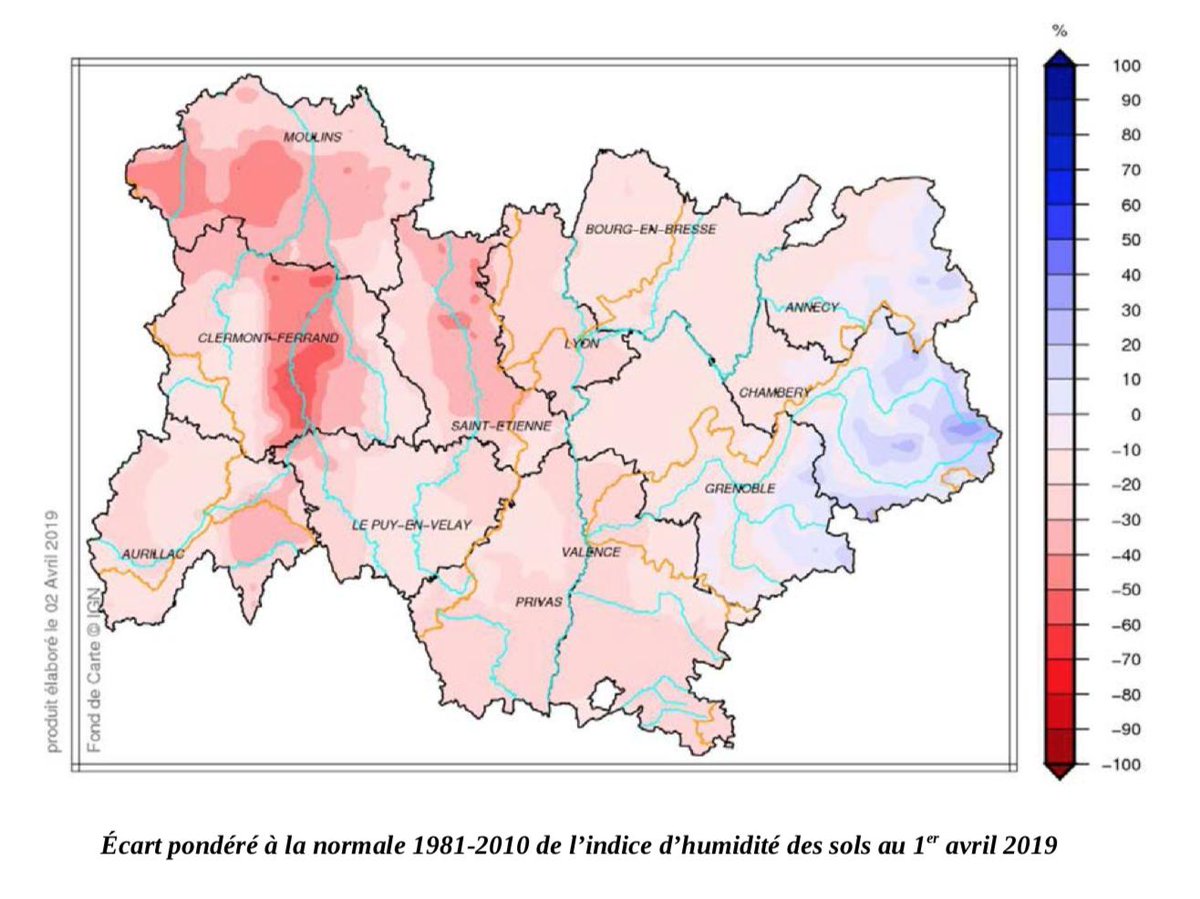A thread: 1/11
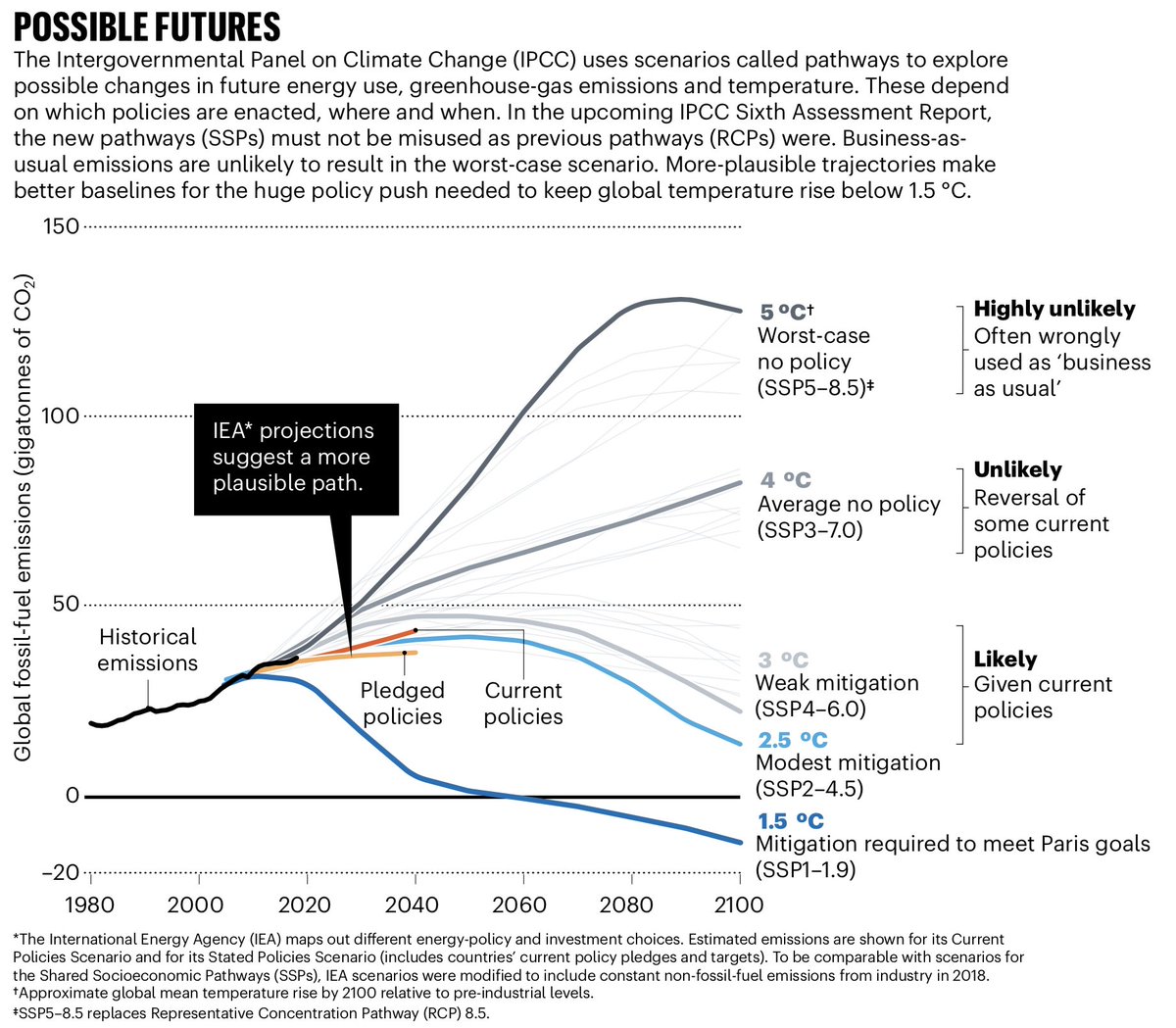
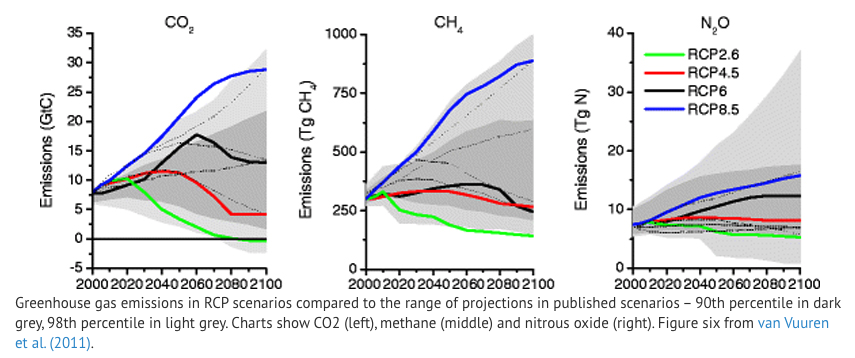
First, the new SSPs have a wider range of intermediate baselines that can be used to explore more likely emissions scenarios: carbonbrief.org/explainer-how-… 8/x
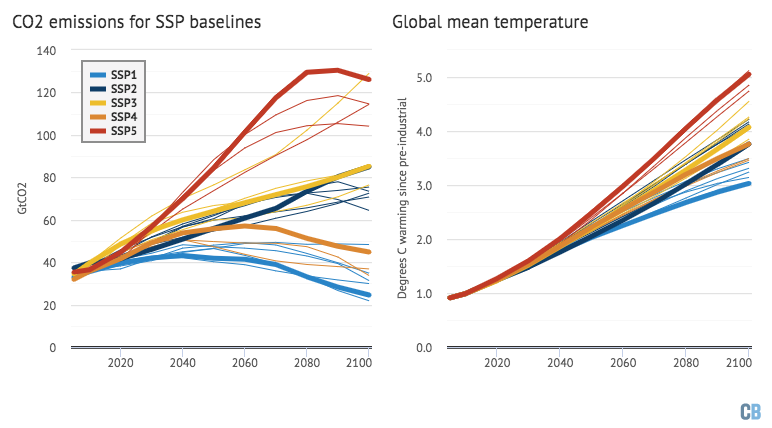
There are two primary uncertainties at play: climate sensitivity and carbon cycle feedbacks. 1/A



